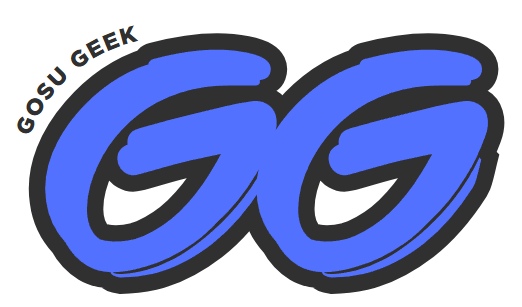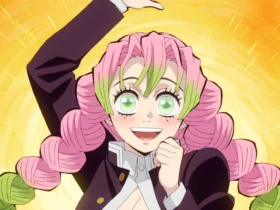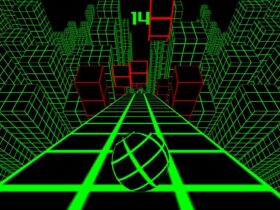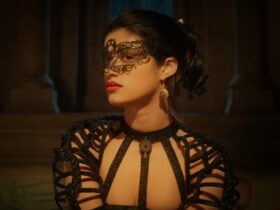Mandalorian armor stands as one of the most iconic symbols in the Star Wars universe, embodying the rich history and warrior ethos of the Mandalorian people. From its distinctive design to its cultural significance, this armor tells a story that resonates with fans and cosplayers alike.
Origins and Evolution
The concept of Mandalorian armor traces back to the original designs for Boba Fett, who was initially envisioned as a “super commando” affiliated with the Empire. Early concept art depicted his armor in white, symbolizing a more uniformed appearance. Over time, this design evolved into the rugged, battle-worn aesthetic we associate with Mandalorians today. The term “Mandalorian” itself first appeared in 1980’s The Empire Strikes Back Sketchbook, solidifying the cultural identity of these formidable warriors.
Within the Star Wars universe, Mandalorian armor has a storied history dating back to the Old Republic era. During the Mandalorian Wars, warriors donned distinctive armor that not only provided protection but also symbolized their fierce martial culture. This early armor featured the iconic T-shaped visor and full-body coverage, elements that have persisted and evolved over millennia.
Design and Features

Mandalorian armor is renowned for its distinctive T-shaped visor helmet and segmented plating, providing both protection and mobility. Crafted from beskar, a rare metal indigenous to Mandalore, the armor is highly resistant to blaster fire and even lightsaber strikes. This resilience not only offers physical protection but also symbolizes the enduring spirit of the Mandalorian people.
Cultural Significance
Beyond its functional aspects, Mandalorian armor holds deep cultural meaning. Each piece is often passed down through generations, bearing the scars and stories of previous battles. The customization of the armor reflects personal achievements, clan affiliations, and individual identities, making it a canvas for personal expression within the Mandalorian community.

Integral to this cultural tapestry is the Darksaber, a unique black-bladed lightsaber created by Tarre Vizsla, the first Mandalorian inducted into the Jedi Order. Forged around 1050 BBY, the Darksaber became a powerful symbol of leadership and unity among the Mandalorians. Traditionally, possession of the Darksaber conferred the right to rule Mandalore, with its wielder recognized as the leader of the Mandalorian people.The Darksaber’s journey through history is marked by its passage between various influential figures, each leaving an indelible mark on Mandalorian society. From Pre Vizsla and Darth Maul to Sabine Wren and Bo-Katan Kryze, the blade has been both a tool of power and a beacon of hope. Its significance extends beyond combat; it embodies the struggles, resilience, and aspirations of the Mandalorian people.
In essence, both Mandalorian armor and the Darksaber are more than mere artifacts; they are profound symbols of identity, heritage, and the enduring spirit of Mandalore.
Real-World Design Origins
The real-world design of Mandalorian armor originated with the creation of Boba Fett’s character for The Empire Strikes Back. Initially, concept artists Ralph McQuarrie and Joe Johnston envisioned an elite group of white-armored “supercommandos” from the Mandalore system, known for their battles against the Jedi. This concept evolved into the singular character of Boba Fett, with his armor retaining elements like wrist lasers, rocket darts, and a jetpack.
The armor was designed to appear as if assembled from scavenged parts, adorned with trophies representing Fett’s victories, and painted to convey a battle-worn aesthetic. This design not only defined Boba Fett’s enigmatic persona but also established the visual foundation for Mandalorian armor in the Star Wars universe.
Real-World Crafting and Cosplay

The allure of Mandalorian armor has transcended the screen, inspiring fans worldwide to create their own versions. Cosplayers and prop makers invest significant time and resources to replicate the armor’s intricate details. Materials such as vacuum-formed ABS plastic and metals like aluminum or steel are commonly used. For instance, a dedicated fan shared his journey of crafting a handmade steel Mandalorian armor, a project spanning two years and involving skills like metalworking, sewing, and leather crafting.
Materials Used in Productions
In film and television productions, costume designers aim to balance aesthetic authenticity with practicality. While beskar is a fictional metal, real-life Mandalorian armor costumes are typically made from materials like fiberglass, plastic, or lightweight metals to ensure actors’ comfort and mobility during filming. Discussions among prop-making communities suggest the use of vacuum-formed ABS plastic for armor plates, providing durability without excessive weight.
Conclusion
Mandalorian armor is more than just protective gear; it is a symbol of identity, resilience, and tradition. Its evolution from concept art to cultural icon reflects the depth of the Star Wars universe and its impact on fans worldwide. Whether on screen or crafted by enthusiasts, the armor continues to captivate, embodying the enduring legacy of the Mandalorian people.















Leave a Reply